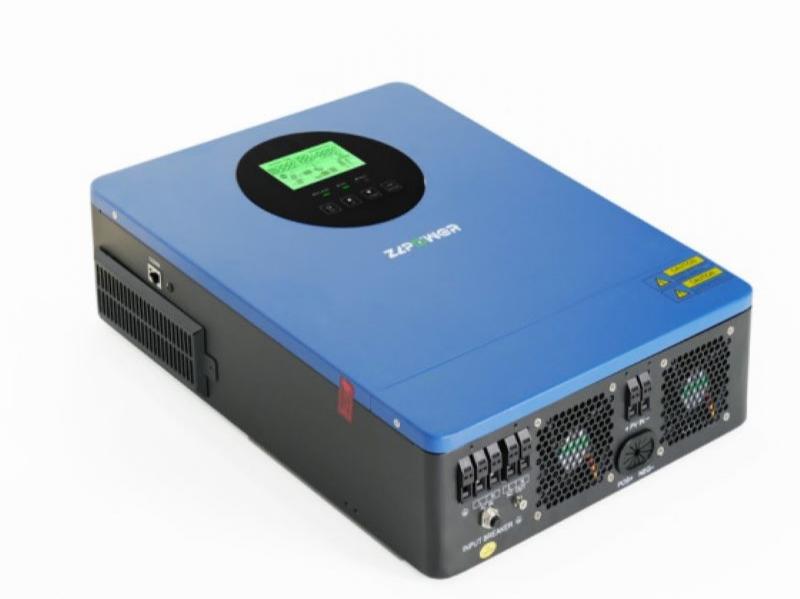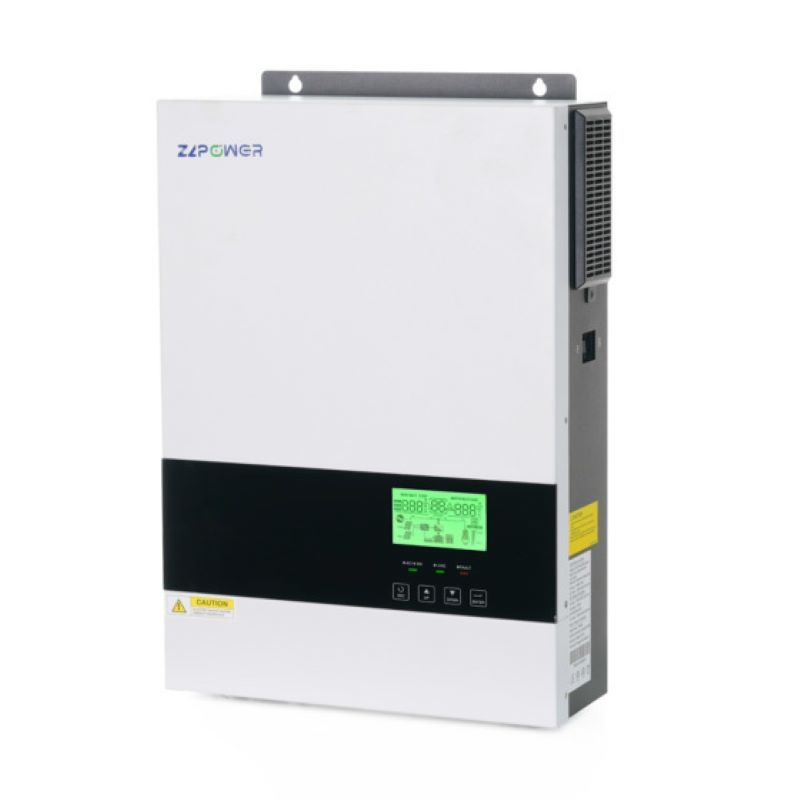

As the worldwide move to renewable energy speeds up, solar power stands out as one of the easiest and greenest options for homes, businesses, and factories. At the heart of every solar setup sits the solar inverter — the quiet workhorse most installers take for granted until it fails on site. It doesn’t just flip current; it keeps voltage steady, balances battery flow, and prevents a costly mid-day shutdown. For those fitting or selling solar gear, knowing how it works, the kinds available, and market trends matters a lot. It helps make smart choices when buying solar inverter units.
A solar inverter does a key job. It changes direct current (DC) from solar panels into alternating current (AC). AC works with most home and work devices. It does more than that. Newer models control voltage. They track how the system runs. They add safety features. Some even hold extra power based on the setup.
The solar inverter has a solid smart build. It can handle many uses. These range from systems tied to the grid to ones that stand alone off-grid.
String inverters rank as the top pick for homes and small business jobs. They link several panels in a row (a "string") to one inverter box. They save money upfront. But they lose some output if shade hits even one panel in the group.
Microinverters go right on each panel. They let every panel work at its best. This boosts output in shady spots or tricky roof designs. The downside is the steeper starting price.
Hybrid inverters mix old-school inverter tasks with battery controls. Take this hybrid 3.5KW, 4KW, 5.5KW, and 6KW solar inverter/charger. It blends inverter power, solar charging, and battery charging. It gives steady power in a handy form. It fits folks who need grid links plus backup from batteries.
On-grid (grid-tied) inverters match up with power lines from the utility. They let users send extra power back to the grid. They stop working in outages. Unless you add storage, that is.
Off-grid inverters run on their own. They skip utility grids. They depend fully on battery packs for holding power. PVG comes with an MPPT solar charge controller. It gets the most from the solar array. It also keeps DC power steady for battery charging.
Hybrid types give two-way work. They run on-grid when power flows. They shift smooth to off-grid during cuts or dim sun times.
Pros:
l Cheaper to start without batteries.
l Chance to sell spare power to utilities.
l Strong output in good sun.
Cons:
l No help in blackouts.
l Tied to how steady the grid is.
l Might need okay from rules for feed-in pay.
Pros:
l Full freedom from power companies.
l Good for far-off spots with no grid.
l Can tweak to fit power needs.
Cons:
l Bigger start cost from battery needs.
l Must watch power use closely.
l Hard to grow without more setup.
Pick the right solar inverter type to suggest or keep in stock. Think about a few things.
l Application Environment: For instance, some fit tough spots (big farms, homes, plants, woods, etc.). This shows certain types work best in rough or far places.
l Battery Compatibility: Does it work with lithium-ion or lead-acid types? That changes how long it lasts and upkeep.
l MPPT Efficiency: A built-in 100A MPPT solar charger gets the max from sun power.
l Monitoring Capabilities: Some have Wi-Fi or USB for live checks on output.
l Regulatory Compliance: Make sure items pass CE, UL, or local checks.
Solar inverter costs shift with size (kW), tech (string vs hybrid), brand trust, warranty length, and extras like MPPT units or screen displays.
The solar inverter price stays fair. It looks good when you factor in gains over time. Like lower power bills or cash from net metering.
Installers should check ROI by:
l Local power prices.
l Help programs from the area.
l Upkeep costs as years go.
l Battery swap times (key point: longer life, up to 3,500 cycles, cuts full ownership cost).
1. Product Training: Learn specs inside out before you suggest them.
2. Vendor Partnerships: Team up with steady makers like ZLPOWER. We have top gear for building and checks. Plus a great R&D and lead team. This keeps products fresh and solid.
3. After-Sales Support: Pick brands with plain warranty rules.
4. Inventory Planning: Keep off-grid picks like PVM PLUS. It’s the third-gen off-grid inverter with lots of new perks. Also stock hybrid types for changing buyer wants.
5. Customer Education: Guide users on how picks change output, self-run levels, fix needs—and in the end—money saved.

For buyers of solar inverter units with strong build and wide use in homes or plants, check ZLPOWER. It’s a top-tech firm in China. We focus on making, building, and selling UPS units, power inverters, and solar inverters. With more than 16 years in it, ZLPOWER’s team sticks to top goods and great help. We serve as a sure ally worldwide—from Europe to South Africa.
If you fit gear and want steady work, or sell and need room to grow stock, getting a solar inverter from ZLPOWER is a bet on fresh tech. It’s backed by global stamps like ISO9001/ISO14001/ISO45001.
A: A solar inverter optimizes energy conversion by dynamically adjusting to fluctuating sunlight levels, minimizing losses during DC-to-AC transformation and ensuring up to 98% efficiency in typical residential systems. This results in more usable power for appliances without additional hardware.
A: Most solar inverters come with 5- to 10-year warranties covering defects in materials and workmanship. Extended plans may include performance guarantees, protecting against output degradation over time—always check for pro-rated coverage beyond the standard period.
A: Solar inverters are rated for operating temperatures from -20°C to 60°C, but extreme heat can reduce efficiency by 1-2% per degree above 25°C. Cooling fans or derating features in quality models help maintain stable output in hot climates.